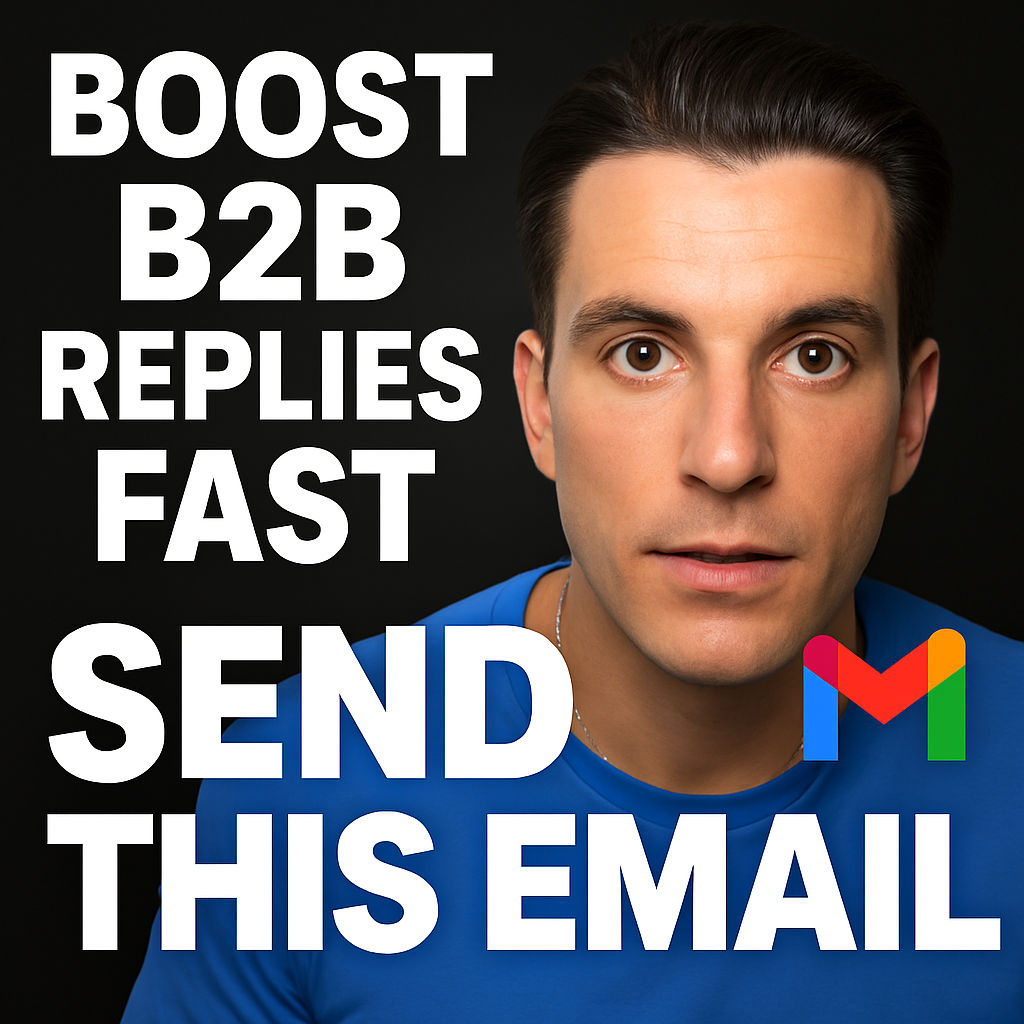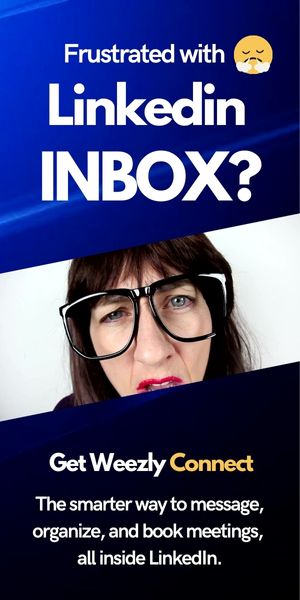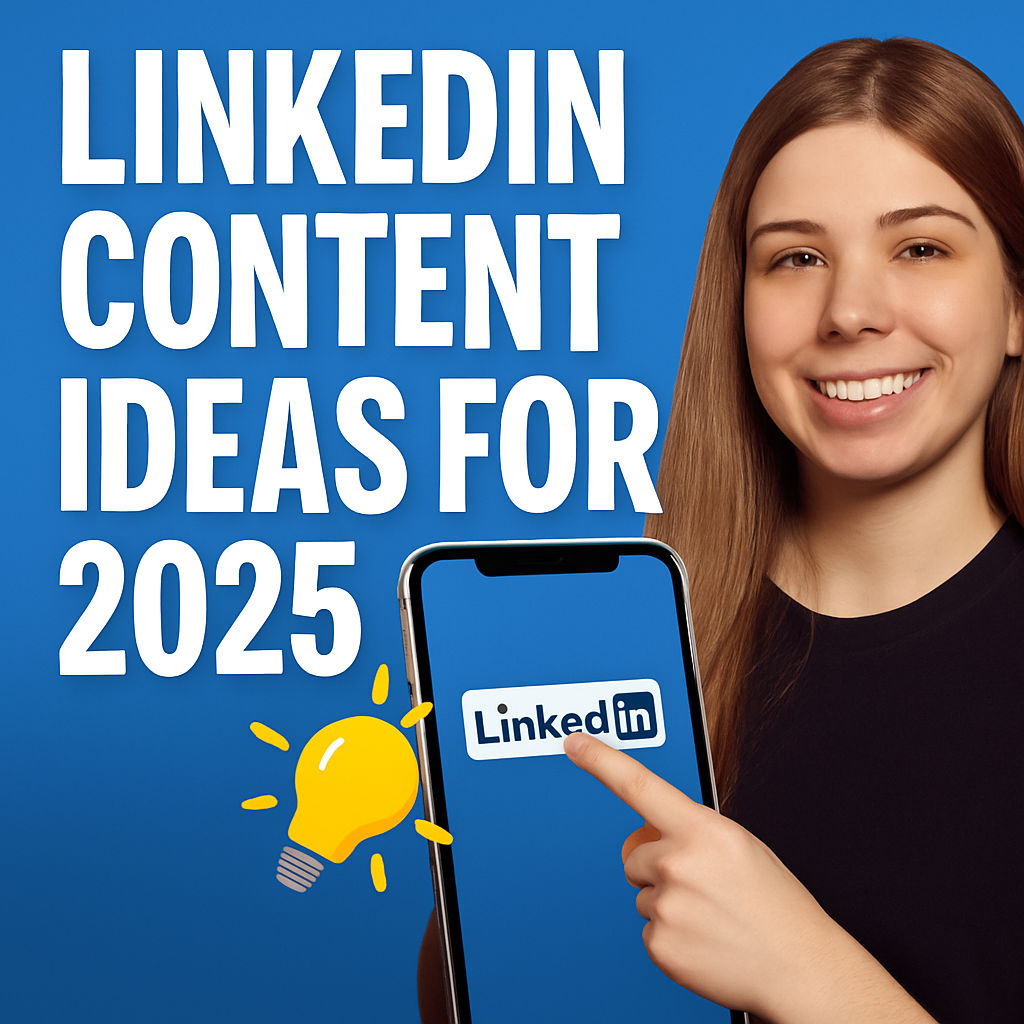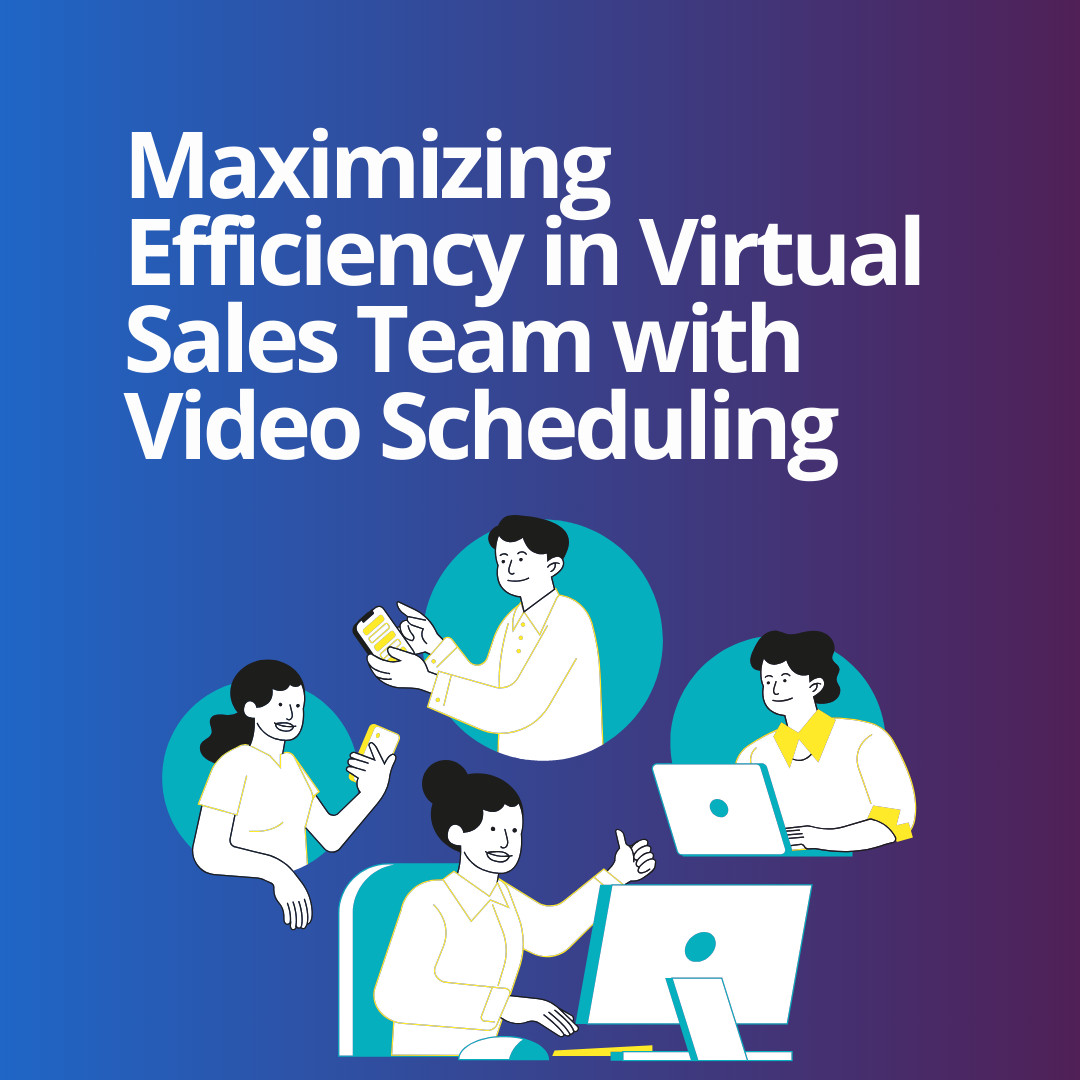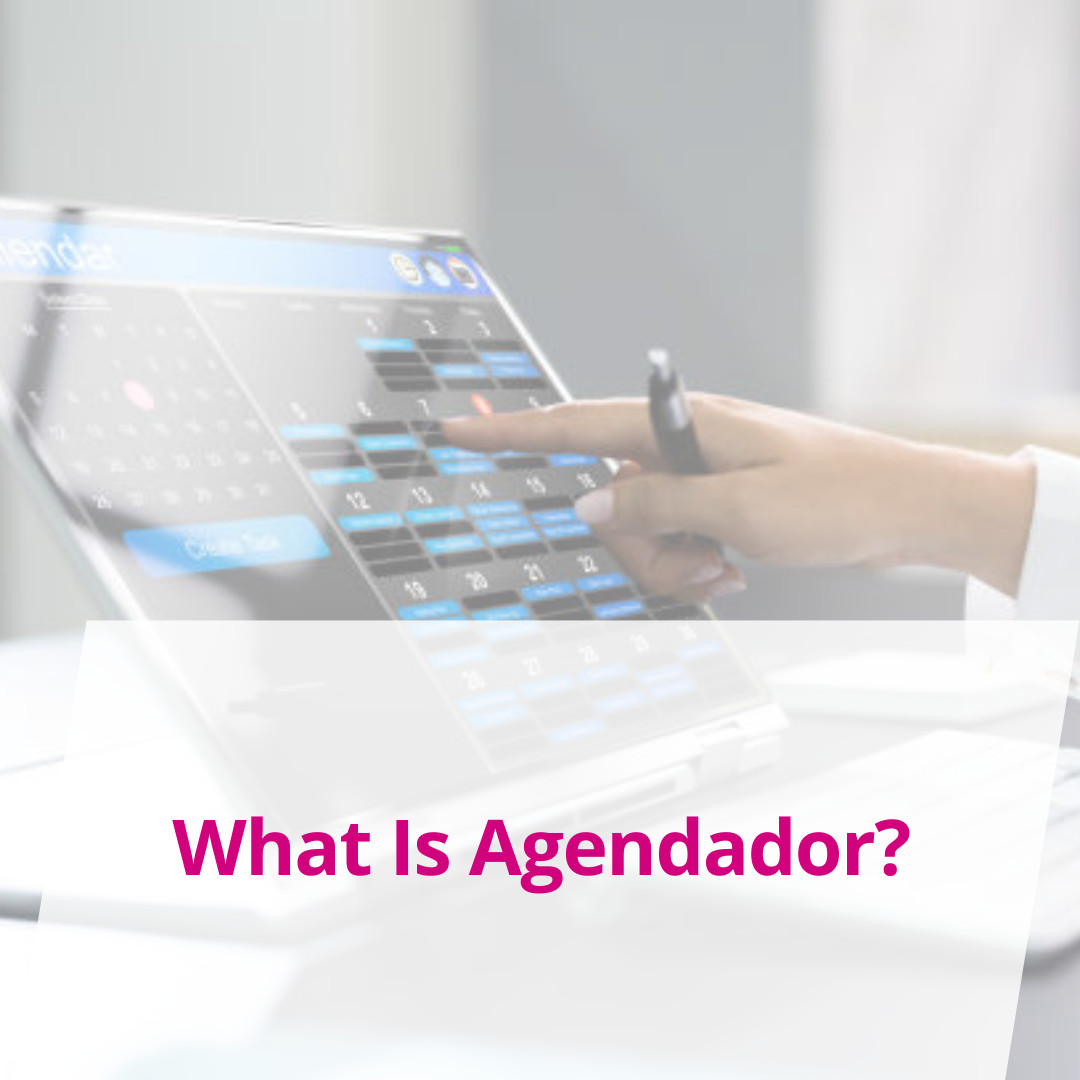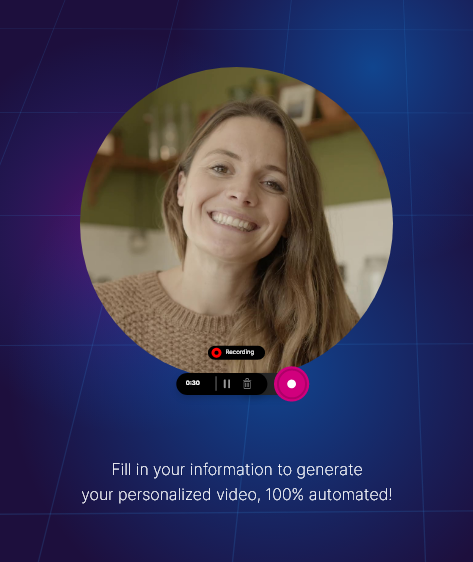Cold emailing remains one of the most effective channels for B2B lead generation when executed correctly, but most campaigns still struggle to gain traction. After analyzing over a million cold emails and dissecting the strategies of top-performing businesses, we’ve uncovered exactly what separates high-reply campaigns from those that get ignored. Whether you’re booking sales calls or nurturing B2B leads, mastering these cold email best practices significantly increases your response rates and revenue.
Based on the original video:
Decoding What the Top 1% Do Differently with Cold Email
If your current cold outreach tactics aren’t yielding results, it’s not just chance. Real data reveals clear differentiators in how the best campaigns are structured. Success with cold email isn’t about blasting generic messages, but about building trust, relevance, and authority through tailored approaches.
Below, we’ll break down the actionable pillars behind the cold emails that consistently book calls and win client interest—and how you can implement these strategies to move into that elusive top performance bracket.
Hyper-Focused Offers: The Cornerstone of Effective Cold Emailing
The number one trait of winning cold emails is a strong, hyper-targeted offer. Generic blasts—”I can help your business grow”—don’t get replies. Instead, the top 1% of cold emailers are obsessed with clarity, tailoring their proposition to a well-defined ideal client profile (ICP). Here’s how to do it right:
- Define your ICP: Know exactly whom you’re speaking to. This includes their role, industry, pain points, and daily struggles. Use tools or simple AI prompts to develop detailed customer personas.
- Speak their language: Your copy should echo terms, frustrations, and aspirations that resonate uniquely with your audience.
- Test and iterate offers: High-performers continually test proposition angles to see what sticks—pivoting rather than repeating what doesn’t spark engagement.
If your offer isn’t tied directly to a problem that keeps your prospect up at night, it’s unlikely to generate interest. Practical tip: Use AI assistance to brainstorm offers and refine wording that directly addresses your ICP’s top concerns.
Data Enrichment: Going Beyond Basic Contact Lists
Ever sent out cold emails to large lists and seen lackluster results? The issue is often the underlying data quality. Top campaigns operate from hyper-enriched lists built on signals and deep research—not just names and emails.
- Gather rich data points: Go beyond standard attributes to include LinkedIn headlines, departments, industry sub-verticals, company size, recent funding, or job listings.
- Leverage technology: Tools with robust scraping and data enrichment functionality are vital. They aggregate social, company, and contextual info, feeding personalization at scale.
- Validate accuracy: Run emails through multi-step verification to avoid high bounce rates and wasted effort.
Empower your outreach with relevant, recent data. For example, if a prospect’s company recently announced new hires or a funding round, tailor your pitch to connect with that current reality. The result: more replies, better engagement, and improved sender reputation.

AI Personalization: Crafting Cold Emails That Don’t Feel Cold
Personalization is no longer optional—it’s the key to building instant trust and getting replies. The most successful cold emails don’t read like mass outreach; they signal research, empathy, and direct relevance.
- Start with a custom first line: Use enriched data to reference a recent news mention, job listing, or case study unique to each prospect.
- AI-powered suggestions: With new AI models, you can generate tailored intros and compliments—such as referencing a company’s recent achievement—at significant scale.
- Show genuine effort: Prospects should feel that you understand their business specifically, not just their demographic profile.
Example: Instead of “Hope all is well at [Company],” try: “Saw [Company] just rolled out new product lines and expanded the marketing team—usually a sign creative output is about to become a bottleneck.” This approach leverages targeted signals, grabs attention, and demonstrates relevance from line one.
Fundamentals Over Fads: The Secret to Consistent Results
High-reply campaigns stick to proven fundamentals, avoiding constant distractions by “shiny object syndrome.” The three cornerstones of every cold email that books calls:
- ICP clarity: Who is your exact audience?
- Offer-value fit: What precisely are you providing?
- Copy simplicity: Clear, concise, and compelling messaging.
Don’t reinvent the wheel each week. Instead, master those pillars, continually refine, and build the consistency necessary for sustained outreach success.
Micro-Lists Over Mass Blasts: Why Quality Trumps Quantity
Another emerging pattern among top cold emailers: They don’t blast huge lists. Instead, they curate targeted micro-lists, allowing ultra-specific messaging and higher deliverability.
- Smaller lists (dozens to low hundreds) mean more tailored communication, lower error rates, and higher reply percentages.
- You can A/B test angles and quickly adjust based on granular feedback each cohort provides.
- Quality over volume saves sender reputation and gets more campaigns into the inbox, not spam.
Spray-and-pray approaches not only dilute messaging but also endanger your sender reputation. Build small, relevant segments for each outreach and watch engagement skyrocket.

Structuring an Effective Follow-Up Protocol
Sending a single cold email rarely maximizes your chances of starting a conversation. Top-performing campaigns consistently execute a structured follow-up protocol:
- Initial personalized email opener
- Three short, relevant follow-ups referencing the original message
- Concise, non-pushy messages designed to keep your offer top-of-mind
This approach increases visibility (and reply rates) by ensuring your message lands when timing aligns for the recipient. Multi-channel follow-ups—adding LinkedIn messages, for example—further boost your omnipresence and response potential.
Value-Driven, Low-Friction Calls to Action
Gone are the days of asking for a meeting in your first cold email. The data shows the best cold emails make high-value, low-commitment asks. For example:
- “Would it make sense to send you a custom example deck of what’s working for other companies your size?”
- “Can I forward a few winning frameworks this quarter? Worth a look.”
This value-first strategy shifts your position from pitching to helping—building trust and opening the door to future conversations and conversions.
Adopting a Long-Term Mindset
Top cold emailers never treat outreach as a quick win. Instead, they build their pipeline and credibility over time:
- Data points from each campaign feed ongoing improvement
- Relationships are cultivated gradually, compounding interest and authority
Churn-and-burn mindsets lead to depleted lists and shrinking results. Think macro-level: play the long game to create predictable lead flow as your reputation grows.

Obsessing Over Deliverability: The Unsung Hero of Cold Email Success
All your copy and targeting efforts are wasted if your emails never make it into the recipient’s inbox. The most successful senders are laser-focused on deliverability. Here’s how:
- Use multiple domains and email addresses for safe, slow-sending
- Warm up new domains and emails gradually, increasing reputation and inbox placement
- Avoid shotgun volume from a single address—it will get flagged as spam
Before launching any campaign, ensure your technical setup allows you to land in the primary inbox. For a step-by-step walkthrough on optimizing this, see this detailed guide on email warm-up best practices.
Putting It All Together: Real-World Cold Email Templates That Perform
To bridge principles and action, here are three template frameworks based on proven top 1% cold emails. Each follows the data-enriched, highly personalized approach outlined above.
Template 1: B2B SaaS Offer
- Audience: VP of Marketing at Series B SaaS companies
- Offer: Scale paid social creative testing with an external partner
Subject: Quick idea to help scale paid creatives at [Company]
Hi [First Name],
Saw [Company] recently raised $25M and hired multiple paid media managers—usually a sign creative output is about to be a bottleneck. Most ad companies hit a wall scaling paid social because they can’t produce and test enough high-performing creatives.
We help companies like [Relevant Company] generate and test 15-20 new ad variations a month—without increasing internal workload. If you’re open, I’d love to share what’s working for funded SaaS brands right now. Would you like a quick example deck?
Template 2: E-commerce Agency Offer
- Audience: E-commerce brands generating $1–5M per year
- Offer: UGC and paid creative that drives conversions
Subject: Idea to fuel [Product] launch
Hi [First Name],
Saw [Brand] rolled out five new SKUs on Shopify and Amazon and is currently expanding the performance marketing team—competition’s heating up! Most e-commerce brands leave 20–30% revenue on the table with unoptimized creative.
We help brands scale profitable customer acquisition through authentic UGC and paid creative. Would it be helpful if I send a few winning frameworks we’ve seen this quarter? Worth a look.
Template 3: B2B Lead Generation Service
- Audience: Founders/CEOs of professional service firms
- Offer: Build a done-for-you outbound lead generation system
Subject: Scaling sales at [Company]
Hi [First Name],
Saw you’ve posted three AE and Head of Sales roles, indicating outbound is a current priority. Many firms hit a ceiling relying on inbound alone, making revenue unpredictable. We build outbound systems to generate a steady flow of qualified leads on autopilot.
If helpful, happy to share examples of firms we’ve helped move from referral-driven to robust pipelines. Worth exploring?
Key Takeaways for Cold Email Mastery
- Success requires research-driven, hyper-personalized offers with clear value
- Data enrichment and segmentation enable highly relevant messaging
- Personalization at scale is achievable with AI and workflow automation
- Follow-up sequences and value-first CTAs markedly improve reply rates
- Deliverability can’t be an afterthought—warm up, diversify, and send responsibly
- Shift from mass outreach to micro-targeted lists for higher ROI
If endless email threads are also a pain point in your process, learn actionable strategies with this guide to reducing unnecessary back and forth in your outreach.
FAQ
What makes a cold email high-converting in 2025?
High-converting cold emails in 2025 are hyper-personalized, data-driven, focused on highly targeted offers, and use value-driven calls to action. They rely on micro-segmented lists and are sent with strict attention to deliverability protocols.
How important is personalization in cold emailing?
Personalization is critical—it signals research, builds instant trust, and makes the recipient feel understood. Referencing unique, recent data points from the prospect’s company dramatically increases reply rates.
Why is email deliverability so important for outreach campaigns?
Deliverability ensures your emails land in the primary inbox rather than spam folders. No matter how compelling your email is, it’s wasted effort if it never reaches your ideal prospect.
What are micro-lists and why do they work?
Micro-lists are highly focused, small prospect lists built from enriched data signals. They allow for precise messaging, better tracking of results, and higher deliverability—leading to significantly higher reply rates than mass campaigns.
How many follow-ups should I send after the first cold email?
The top cold emailers typically send an initial opener and three short, relevant follow-ups referencing the first message. This combination increases visibility and response potential without appearing spammy.
